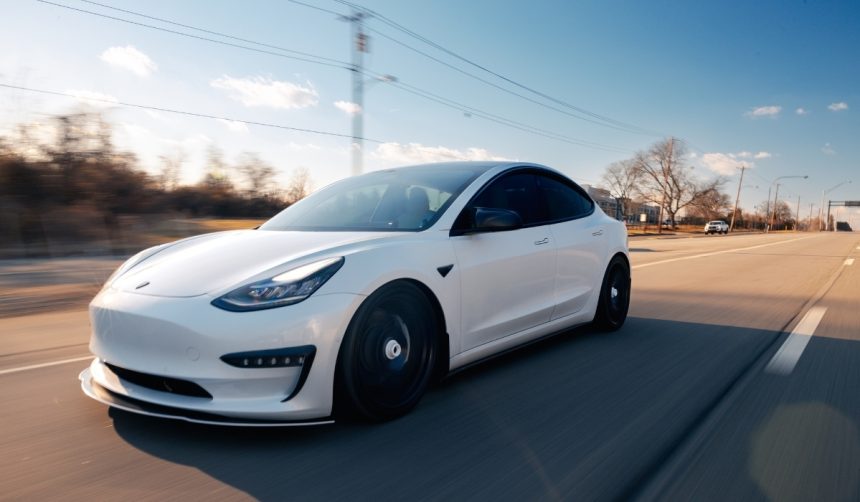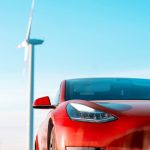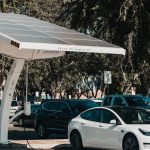A new note from Morgan Stanley has sparked discussion in financial and technology circles by urging investors to consider Tesla’s emerging role beyond electric vehicles. Movement in robotics and artificial intelligence could reshape perceptions of the brand and redefine its market position according to Wall Street analysts. Analysts suggest that both industrial sectors and public lifestyles may soon interact with technologies developed by Tesla, shifting expectations for work and mobility. The note indicates that new applications, rather than incremental vehicle improvements, may have the most notable impact on the company’s direction going forward.
Earlier coverage of Tesla from investment banks has often focused on electric vehicle sales, production targets, or short-term profitability. In contrast, Morgan Stanley’s latest analysis stands out for its focus on robotics, AI-driven labor, and automation costs. Recent discussions have highlighted autonomous driving and battery advancements, but this report amplifies how new AI-powered products, including humanoid robots and autonomous ‘Cybercab’ fleets, may become revenue drivers. The firm’s previous price target and rating have remained stable; what changes now is the underlying rationale tied to future tech markets rather than just automotive metrics.
How Could Robotics Shift Tesla’s Labor Structure?
The briefing highlights Tesla’s work on its Optimus humanoid robot, projecting changes to cost structures in manufacturing and logistics. Analyst Adam Jonas estimates that deploying robots for tasks traditionally completed by humans could lead to substantial cost reductions. He notes,
“We estimate 1 humanoid robot at $5/hour can do the work of 2 humans at $25/hour, generating an NPV of approximately $200k/humanoid.”
Such claims suggest labor model disruptions, with potential savings that could affect both operational budgets and wider labor industry trends.
What Role Will Autonomous Vehicles Play in Tesla’s Strategy?
Autonomous vehicles are set to play a central part in Tesla’s future plans, with emphasis on the possible introduction of ‘Cybercab’ ride-sharing platforms. The analysis contends that the cost per mile for these robot-driven vehicles could drop below $0.20, significantly cheaper than human-driven ride-share options. Jonas explains,
“1 robot shaped car can potentially drive down cost/mile of a ride share vehicle to This anticipated price shift could intensify competition in the shared mobility market and increase accessibility for users.
Which Other Markets May Tesla Pursue?
Analysts place importance on Tesla’s potential to expand into verticals beyond cars and humanoid robots, including autonomous eVTOL (electric vertical takeoff and landing) platforms. Such expansion signals possible diversification, with Tesla positioned to supply AI solutions for both ground-based and aerial mobility systems. Morgan Stanley kept its ‘Overweight’ rating on Tesla stock and reaffirmed a $410 price target, citing these diverse growth avenues as justification for the firm’s long-term optimism.
Anticipated developments in Tesla’s AI and robotics platforms diverge from earlier reports that rooted growth forecasts in car deliveries and semi-autonomous driving. Unlike recent releases centered on production updates and new factory openings, Morgan Stanley’s report highlights scalable automation and labor cost transformation as possible market disruptors for Tesla. This analysis also notes greater confidence in Tesla’s ability to leverage technology into multiple revenue streams within both mature and nascent industries.
The prospect of Tesla accelerating AI-driven products like the Optimus robot and Cybercab reflects a broader industry exploration of technology’s potential to shape future labor and mobility. For readers, understanding these models becomes important as labor costs and autonomous solutions gain increasing market attention. Observing how Tesla manages both the technical and societal challenges of scaling AI-based platforms will be critical for evaluating the company’s real-world impact beyond manufacturing and EV sales.
- Morgan Stanley points to Tesla’s growing work in AI and robotics.
- Labor and mobility sectors could see cost changes from new technologies.
- Analysts keep their positive outlook, citing more than just car sales.










